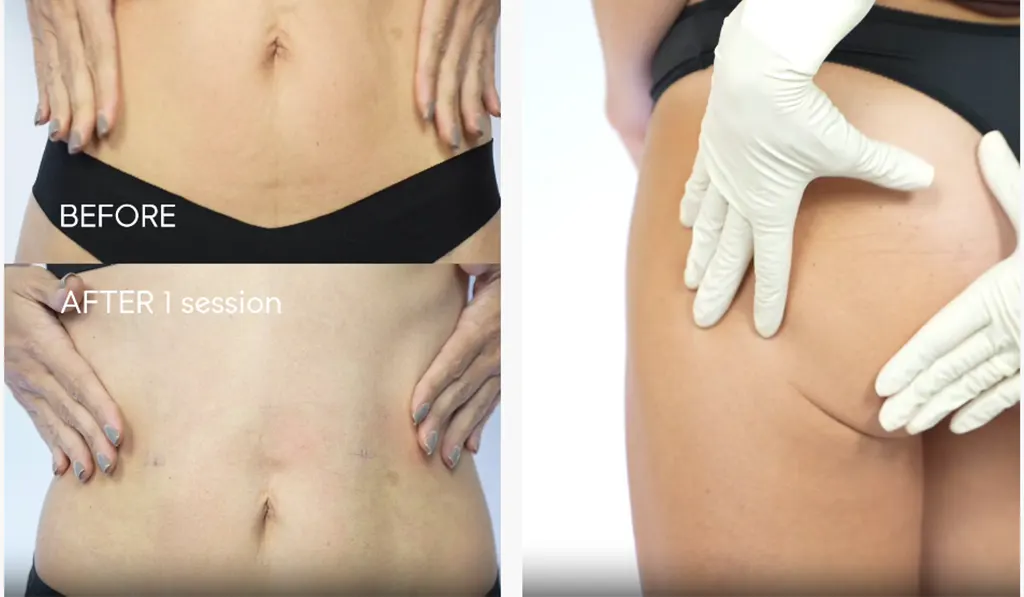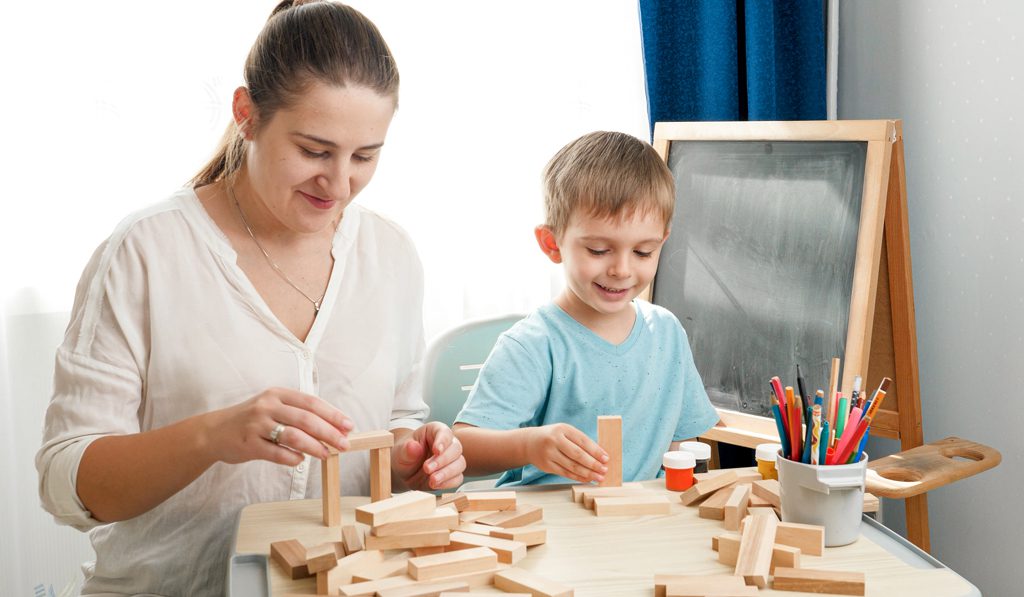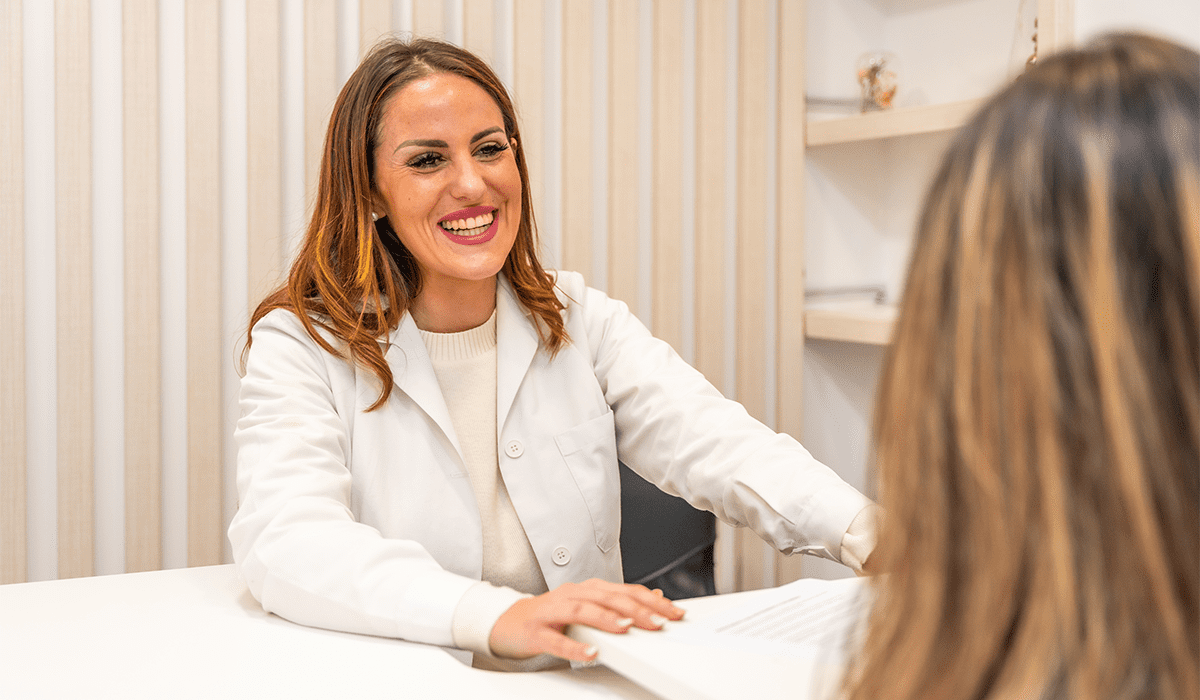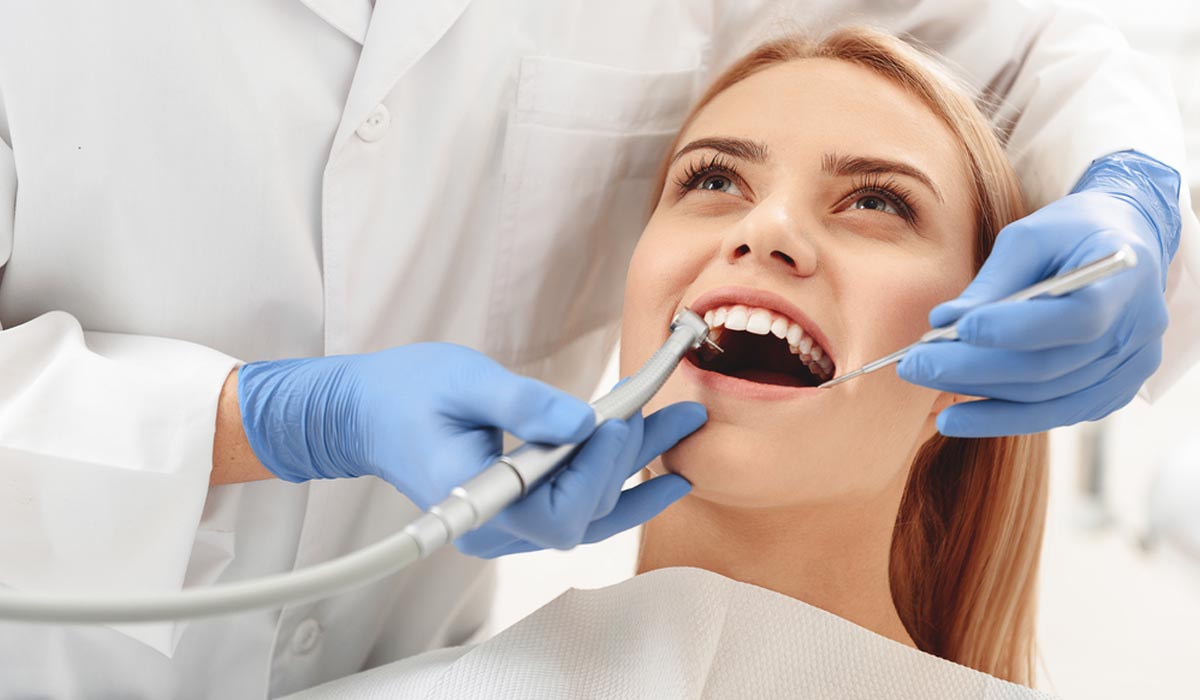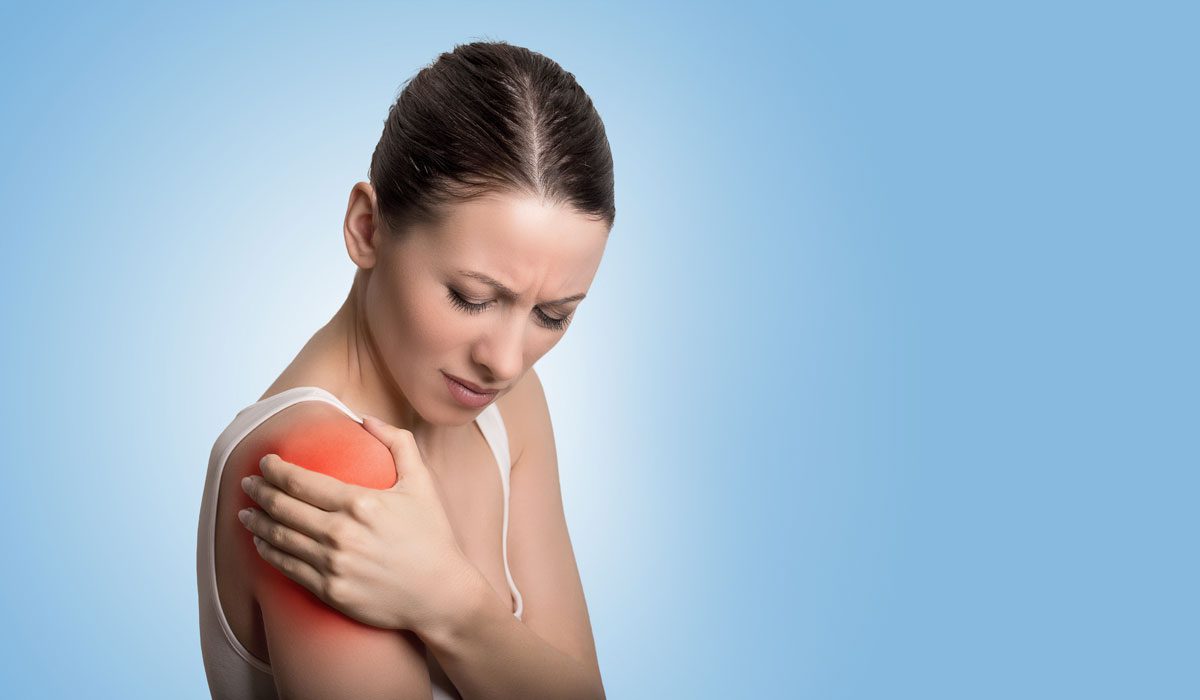Back Pain Treatment
Lower back pain, also known as lumbago, is very common and is not a medical condition. It’s a result of a series of diverse medical conditions. It occurs as a consequence of a problem with one or more lower back parts, such as nerves, muscles, ligaments, etc. In some cases, it may also be caused by an issue with one of the adjacent organs, like the kidneys.
Back pain may have a negative impact on your quality of life and prevent you from carrying out activities. If you don’t treat the pain, it can get worse with time and have a harmful impact on your overall health. Mostly, back pain can be alleviated without surgery. However, if you’re suffering from the pain and it is not getting better with pain killers or other home remedies, it is advisable to consult your doctor.
Thankfully, measures can be taken to avoid or alleviate most incidents of back pain. If an intervention fails, basic home therapy and proper body movement may sometimes cure it within a few weeks.
Causes of Back Pain
The pain can be associated with a sprain or injury, but it often occurs for no particular reason. It’s quite unlikely that anything drastic causes it. A specialist can figure out what’s wrong by performing a scan or an imaging study. Through comprehensive MRI scanning at our clinic, we will analyze the root causes of your problem and recommend ways to help you alleviate the pain.
In most cases, back pain is a result of strained muscles. Erroneous lifting of heavy things and abrupt awkward motions are common causes of strain. Structural issues with the back are also the reason for lower back pain.
Medical issues such as sciatica or a slipped disc may sometimes cause backache. These disorders are distinguished from non-specific pain by the presence of various symptoms such as fatigue, numbness, or a tingling sensation.
In certain cases, arthritis may cause spinal stenosis, leading to the shrinking of the gap around the spinal cord.
Poor posture and improper body movements may also lead to back pain over a period of time. For instance, practicing a slumped sitting position, especially while working on computers may result in shoulder and back issues over time.
Symptoms
Back pain may be short-lived if caused by strain or negligence. If it persists for more than three months, it is considered chronic. The most common symptom is pain or an ache in the back, and occasionally in the hips and legs. Based on the nerves involved, certain back problems may cause pain in other areas of the body too.
The pain often subsides without treatment, but if it persists for a longer duration, you must visit a doctor. Some of the common symptoms are:
- A burning or shooting pain radiating from the leg to the foot area
- Reduced motion and ability to stretch the back
- Pain in other parts like thighs, legs, or feet
- Not able to stand without experiencing pain
Back pain may also be a sign of a more severe medical condition. Visit your doctor if the pain does not ease in 2 weeks. Few symptoms which may suggest a more serious health condition are:
- Tingling or numbness in legs
- Severe, chronic pain
- Pain accompanied by a pulsating feeling in the abdomen
- Weight loss for unknown reasons
- Fever
- Numbness in certain parts
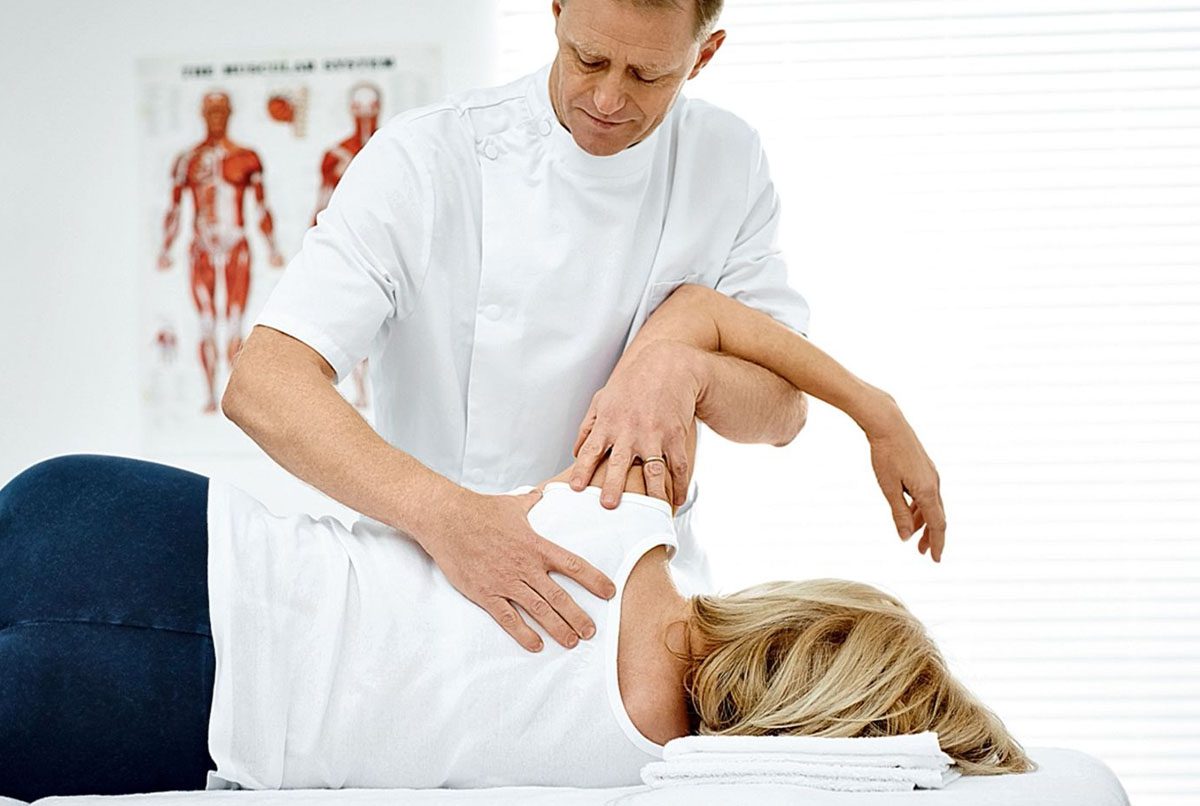
Treatment
A specialist will normally assess your situation by conducting a physical examination. Further tests or scans may be required if there is an injury, or if the pain lasts for a longer duration. We have a specialized back pain clinic at 7DMC that focuses on offering high-quality healthcare services. Your case will be thoroughly assessed to identify the exact cause of the issue and to advise the most appropriate treatment option.
Back pain does not always require intensive care. Sometimes, over-the-counter pain relievers are adequate. Stronger medications may be needed in more serious situations, but they are usually administered under the guidance of your doctor. If the pain does not go away over time, the doctor may prescribe additional treatments.
Nonsteroidal anti-inflammatory drugs (NSAIDs), such as ibuprofen and naproxen, are used to treat the most of back pain outbreaks. Another option is pain relievers or analgesics, but they lack anti-inflammatory qualities.
Some other back pain medications include topical products, muscle relaxants, antidepressants, steroid injections, etc. You must always take advice from your doctor before taking any medicine, especially if you have any other medical condition as it may cause harmful side effects.
Certain pressure techniques and electrical stimulation may help relieve pain. To avoid back pain relapse, you may also be advised to perform the techniques on a daily basis, long after the pain has subsided.
Surgery should always be the last option to treat such pain. It’s normally reserved for malformations that haven’t reacted to medical and therapy care. Such conditions include nerve compression and incessant or severe pain. Degenerative bone disorders can be relieved with surgery that involves partial removal and replacement of discs and vertebrae.
If surgery is the right choice for you, spine surgeons at our clinic have the knowledge and expertise to perform a wide range of spine procedures. Depending on your case, we perform minimally invasive to large and complicated spinal procedures.
Massage, acupuncture, relaxation techniques, and chiropractic adjustments are some other alternative therapies. These options might be beneficial if you are experiencing backache. Before considering any option, you must consult your doctor.
Prevention
Simple self-help techniques as mentioned below can be remarkably successful in preventing and alleviating pain:
- Maintain your weight, as excess weight can exacerbate back pain by changing your center of gravity and placing pressure on your lower back.
- Regular exercise can help to ease pain and muscle tension.
- Quit smoking as it reduces the supply of nutrient-rich blood to the spinal vessels, making smokers more susceptible to backache.
- Don’t lean over from the waist while lifting heavy things.
- Consume plenty of Vitamin D and Calcium to keep your spine’s bones healthy.
- To avoid back pain, wear low-heeled and comfortable shoes. They take the pressure off your back when you’re standing.
- Good posture is more than just a way to appear more formal. It safeguards the delicate components of your spine, ensuring that they remain healthy and work properly. When standing, avoid hunching, rounding your shoulders, or leaning sideways.
Why chose 7DMC?
The best orthopaedic physicians, physiotherapists, neurosurgeons, spinal surgeons, and other experts at the 7DMC deliver various modes of treatment for spinal conditions, depending on your situation. All spine disorders are treated with intensive medical, therapeutic, surgical, and rehabilitative treatment, as the case demands.
We consider a variety of non-surgical treatments for treating spinal conditions such as back and neck pain, as well as other spinal disorders. Medicine, physical therapy, injection therapy, etc. are some of the options offered at our clinic.
Connect to a specialist at our clinic and discuss your situation. All your concerns will be addressed and the best medical intervention would be advised.
Bottom Line
Back pain is the most common health condition. As you grow old, you’re more likely to develop it. It can become serious in some cases. Mostly, the pain eases out with medication and treatment with the help of your doctor. In extremely rare cases, surgery may be needed.
Mostly, the pain is caused by nothing drastic and will go away with time. There are few things you could do to help alleviate the situation. However, the pain can often last a long time and it can return.
You should take precautions to avoid back pain. To strengthen your back and core muscles, and make them more resilient, you must practice yoga, stretching, and strength training on a daily basis.
References
https://www.healthline.com/health/back-pain
https://www.nhs.uk/conditions/back-pain/
https://www.medicalnewstoday.com/articles/172943
https://www.spineuniverse.com/conditions/low-back-pain



